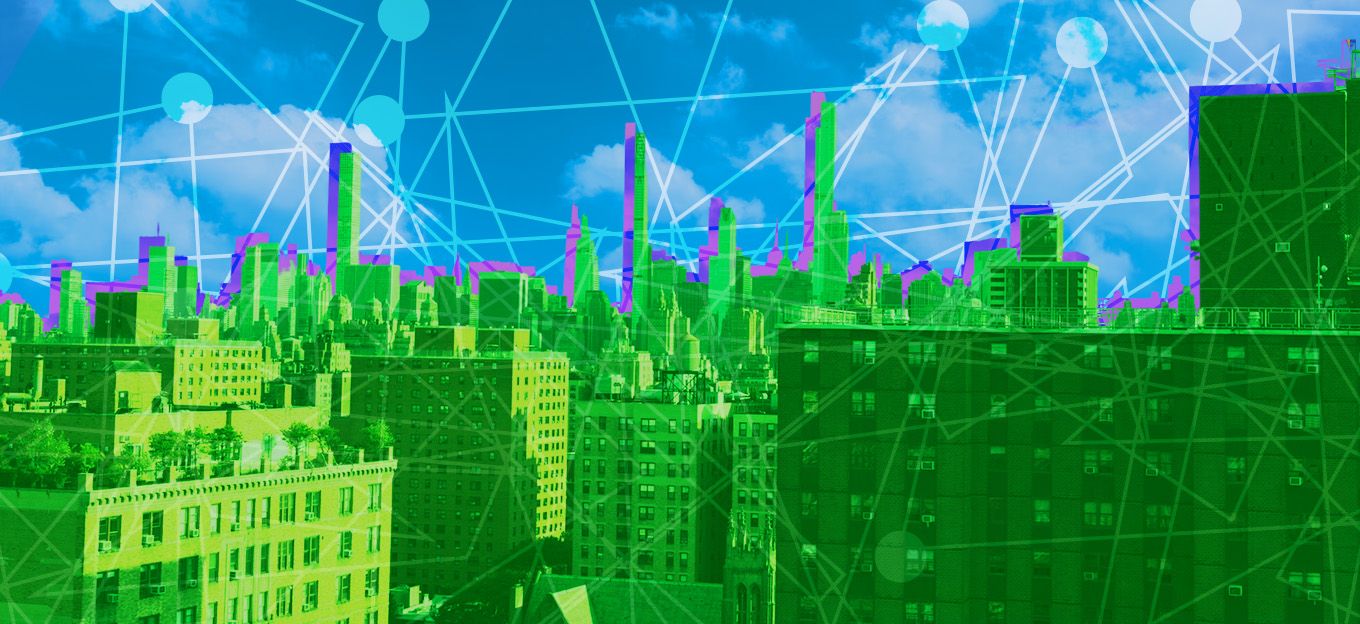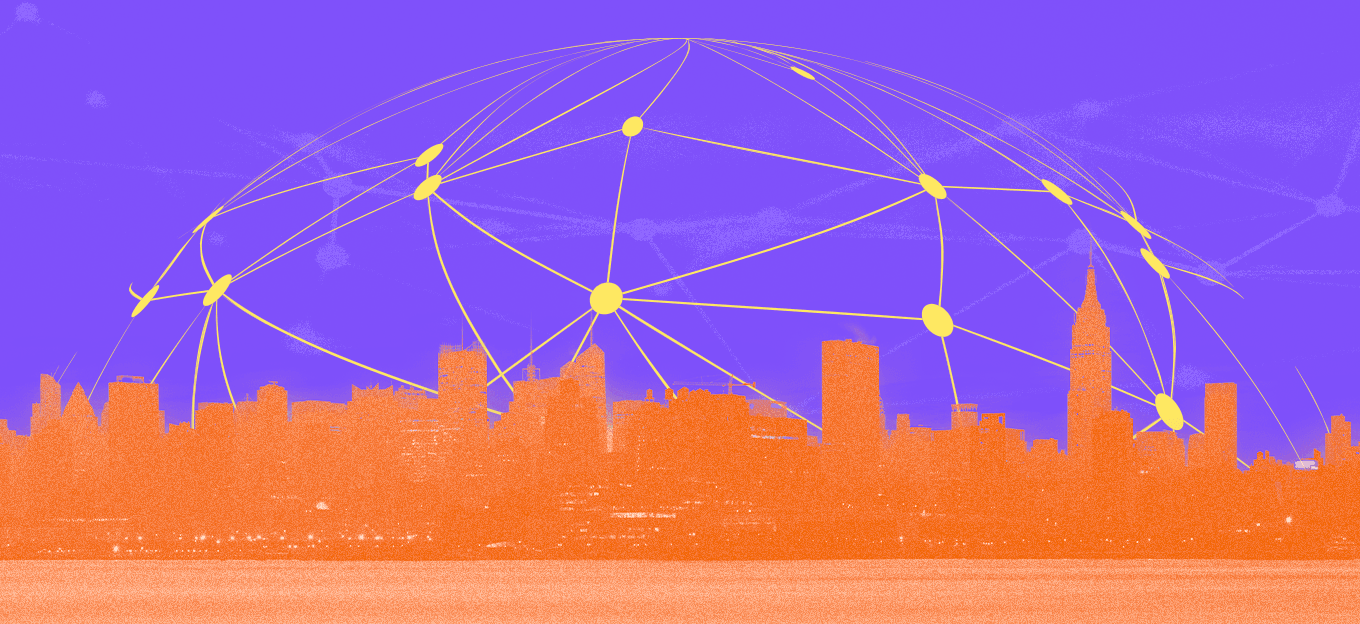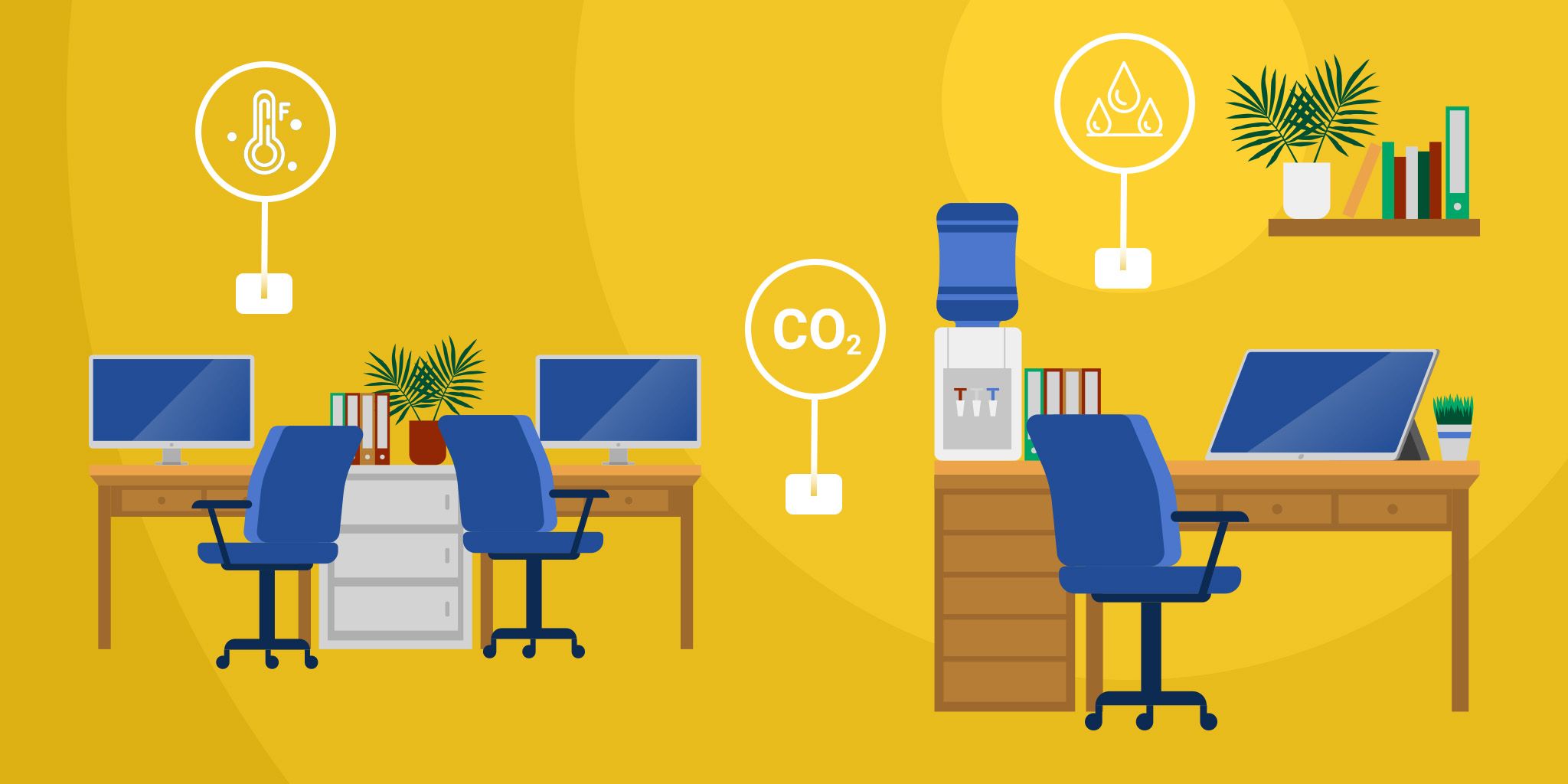Smart Buildings Facing The New Normal
Smart Buildings Facing The New Normal
- Last Updated: December 2, 2024
Guest Writer
- Last Updated: December 2, 2024



With workplaces and life somewhat returning to normal, we are now faced with a new array of workplace complexities. Touching door handles, sitting in meeting rooms, and turning on lights are a few of the multiple crossovers between workers in the office setting. The new normal brings improved and efficient buildings that will impact employee health for the better while also reducing building costs.
Office buildings can keep employees and business assets safe by adopting various smart automation systems to help combat the spread of COVID-19.
We know that Smart PPE will have a profound effect on the industry to protect people in their working environment better, but how can smart buildings also help combat COVID-19 and all its complexities?
What Is A Smart Building?
Smart buildings originally came about to enable environmental management and security more efficiently in office and workplace settings. Smart buildings use automated systems to control several functions, including heating, ventilation and air conditioning, security, lighting, and other environmental systems.
The building is broken down into its various structures, mapped with a network of sensors, actuators, switches, and microchips that generate a constant flow of data and are fed into a model. The data is processed and provides key business and building insights to monitor the building status.
Smart buildings were originally developed to enable people-centric environments, where the workplace became part of the way people work and allowed workmates to operate seamlessly with each other. Walking into a room that lights up as soon as you enter not only saves energy but means you don’t have to waste time searching for the multitude of light switches.
The same goes for heating; using temperature sensors allows meetings to run smoothly and at a comfortable temperature for all in the room, so there is no fiddling with dials!
Smart Buildings and COVID-19 Measure Implementation
In the face of COVID-19, there are now new ways smart buildings are being looked at to eliminate the virus's spread in workplaces. Thermal imaging cameras are one of many ways businesses can effectively monitor and prevent COVID-19 from spreading in the office space because they can capture employees' temperatures as they enter and leave the office building.
When an employee’s temperature is too high, alerting the system can safely inform that person that they need to visit a doctor to get tested and prevent them from potentially spreading it to others in the workplace.
Sensors in offices can allow social distancing measures to occur, as they measure the flow of people moving from room to room. The more people in one area, the more of a chance the virus has of spreading. But if there are panels in place to alert people that there are too many in one room, then social distancing measures can be practiced safely while still maintaining a good work ethic.
Office buildings are heavy consumers of heating and ventilation systems, which are neither good for the business bottom line nor the environment. By developing a smart system that tracks when people are in a room, the appropriate ventilation can kick in to ensure safe, clean air is circulating and is appropriate for the number of people in the room.
Smart systems can also highlight what areas of the building are free for use, which reduces the number of times people will cross paths. The system can then record how long an office space has been used for and by whom. Cleaners can tend to these exact spaces, rather than wasting a lot of time cleaning the whole office.
To return to the previous point about turning temperature dials, this is now a serious measure that needs to be looked at because the more people who touch switches, the higher the risks because COVID could spread.
Developing a smart and intelligent infrastructure not only for lighting, fire, and security business systems hand the power back to the employees as they move through the building, but it also provides comfort in knowing the building is working with them to fight this infection. Data analytics platforms that allow for continuous analysis of the systems ensure employee safety as they return to work and have productive operations to improve their performance.
With the optimization of room conditions and the protection of assets through smart CCTV and connected systems, you can ensure your employees' wellbeing and the protection of assets.
The Most Comprehensive IoT Newsletter for Enterprises
Showcasing the highest-quality content, resources, news, and insights from the world of the Internet of Things. Subscribe to remain informed and up-to-date.
New Podcast Episode

IoT and AI in 2026
Related Articles





